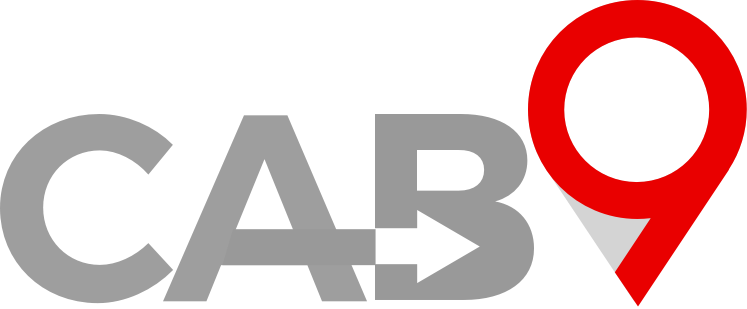Overview
- Quick link to Pricing Models
- This article explains how to create initial pricing models.
- Rounding of fare and milage.
- Layered pricing
- Peak days, dates and times
Pricing Models
Pricing models are key to your business. Cab9 allows you to choose how you charge clients for their journeys.
Mileage calculations are set company-wide to whether ‘fastest’ or ‘shortest’ route.
Mileage calculations may be rounded up/down/to the nearest. A 4.8 mile journey becomes a 5 mile journey for example.
The calculated fare may be rounded up/down/nearest to a decimal value. £10.90 becomes £11.00 for example.
Mileage may be ‘layered’ so that you may charge more or less for any mileage band. As an example. £1.50 a mile for the 1st 2 miles and then 2-3 miles £1.00 3-4 £2.50 and the £1.00 a mile thereafter.
Vehicle overrides allow you to charge a different price for different vehicle types. More for an MPV than a Saloon as an example.
‘minimum fares’ may also be set.
Beyond this, fixed prices may be set from A-B. So that SW1-W1 is a fixed price of £10.00. Or indeed down to door level, so SW1A 1AA (Buckingham Palace) to W1A 1AA (BBC Portland Place) becomes £10.50. Fixed prices may also be applied to each vehicle type, making the same journey a different fixed price according to the selected vehicle.
Peak dates and times may also be added where the prices will be changed according to date and time criteria.
Want to make jobs on a Tuesday between 20:00 and 22:00 10% cheaper, no problem.

You can also apply the same principles to bank holidays or festive periods via the peak dates section on the same page.
Next Steps
- This article shows you how to Accept Card Payments

